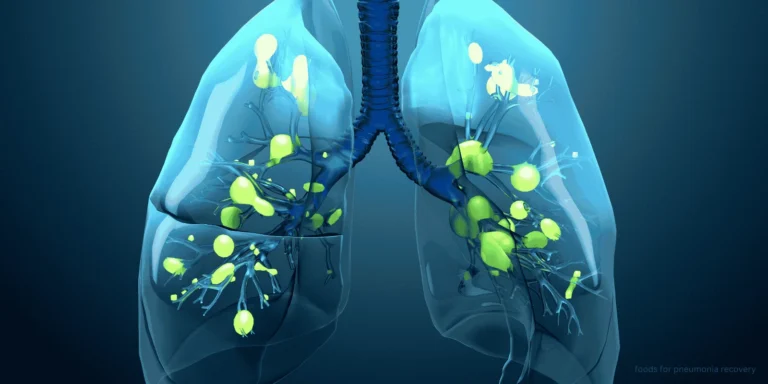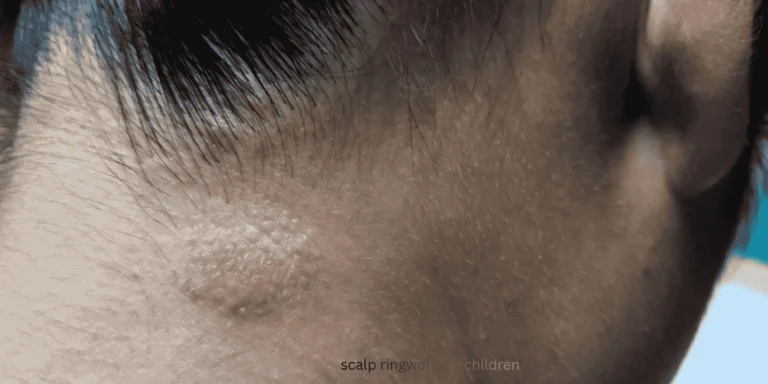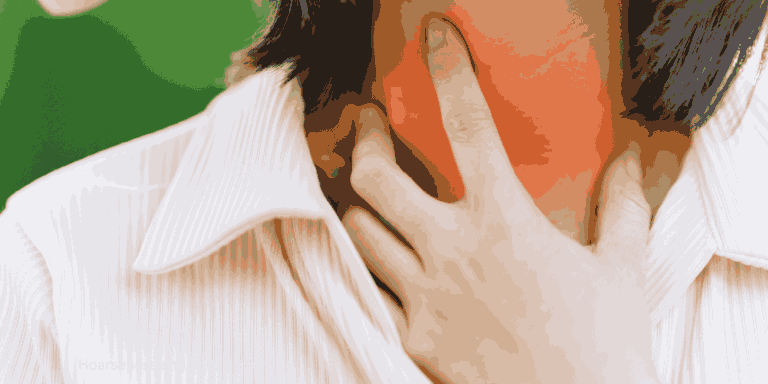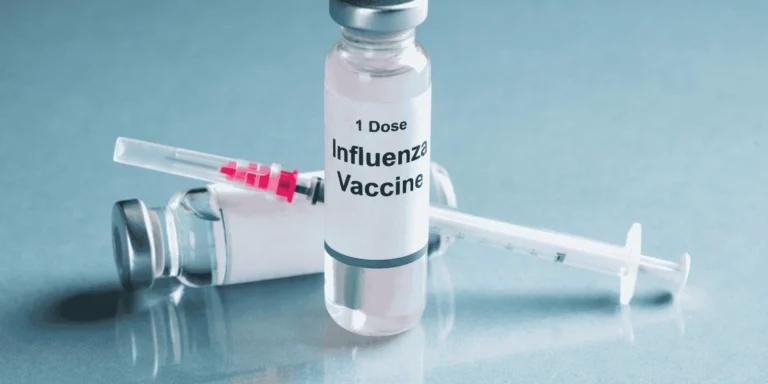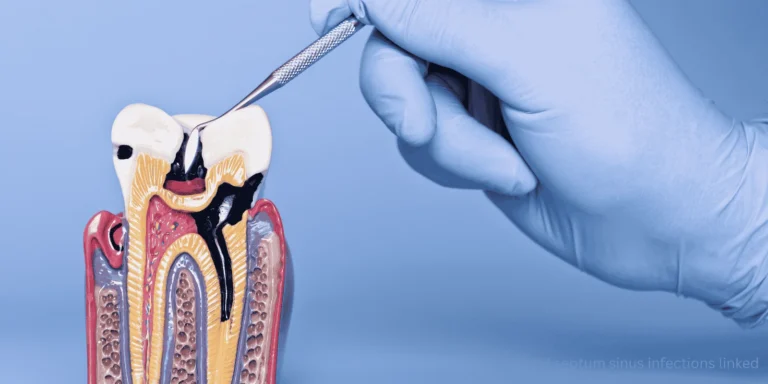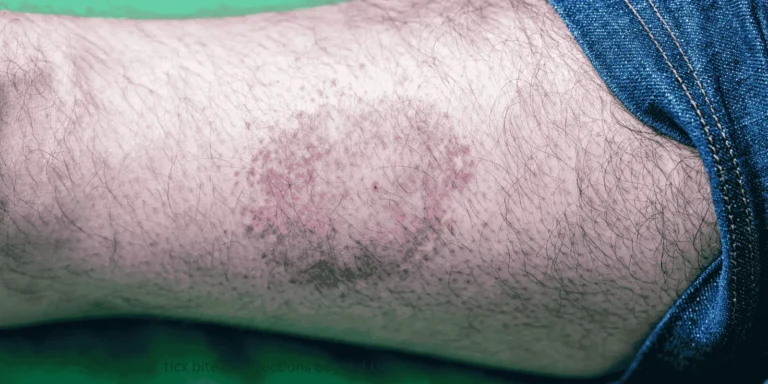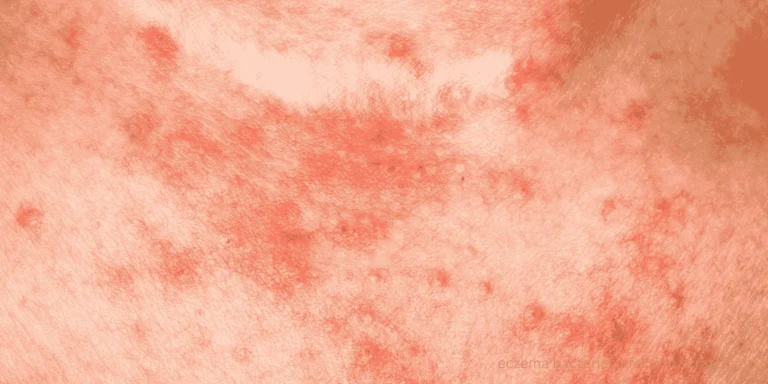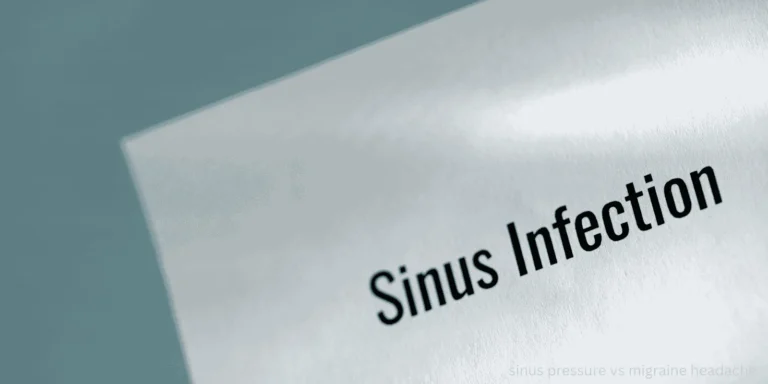I’ve seen too many kids suffer through weeks of what parents thought was bad dandruff or eczema, only to find out it’s actually ringworm of the scalp. Despite the name, there’s no worm involved—it’s a fungal infection, and it’s more common than most people realize.
The problem is that scalp ringworm looks different from ringworm on other body parts. That classic ring shape? Usually doesn’t show up on the scalp. Instead, you get patches of hair loss, scaling, and sometimes inflammation that can look like almost anything else.
Why Doctors Miss It
Here’s what makes this tricky. Early on, it might just look like dandruff that won’t respond to regular shampoo. Parents try over-the-counter products for weeks before bringing their child in.
By the time I see them, the infection has spread. I had a case last month where a mom had been treating what she thought was cradle cap for six weeks. The child was actually losing hair in patches from untreated ringworm.
What It Actually Looks Like
You’ll typically see round or irregular patches where the hair breaks off close to the scalp. The patches might be scaly, red, or have small black dots where hair has broken. Some kids develop painful, swollen areas that ooze—that’s called a kerion, and it needs immediate treatment to prevent permanent hair loss.
The infection can be subtle at first. Just a small area of flaking that gradually gets worse. Kids often don’t complain much because it doesn’t always itch terribly at the start.
How Kids Catch It
Ringworm spreads through direct contact with infected people, animals, or contaminated objects. Schools and daycare centers are prime spots for transmission. Kids share hats, use the same hair brushes, or wrestle around during play.
Pets can carry it too. I’ve diagnosed several cases where the family dog or cat was the source. The animal might not even show obvious symptoms.
Why It Needs Prescription Treatment
Here’s the critical part—over-the-counter antifungal creams don’t work on scalp ringworm. The infection is inside the hair follicles where topical treatments can’t reach.
You need oral antifungal medication, usually taken for 6-8 weeks. Some doctors also recommend antifungal shampoo to reduce spreading, but the pills are what actually cure it.
Preventing Spread at Home
Don’t share combs, brushes, hats, or pillowcases while treating the infection. Wash everything in hot water. If you have pets, get them checked by a vet.
The good news? Once treatment starts, kids usually aren’t contagious after about 48 hours. Hair grows back completely in most cases.
If you notice unusual scaling or hair loss in patches, don’t wait. Early treatment prevents complications and gets your child back to normal faster.
